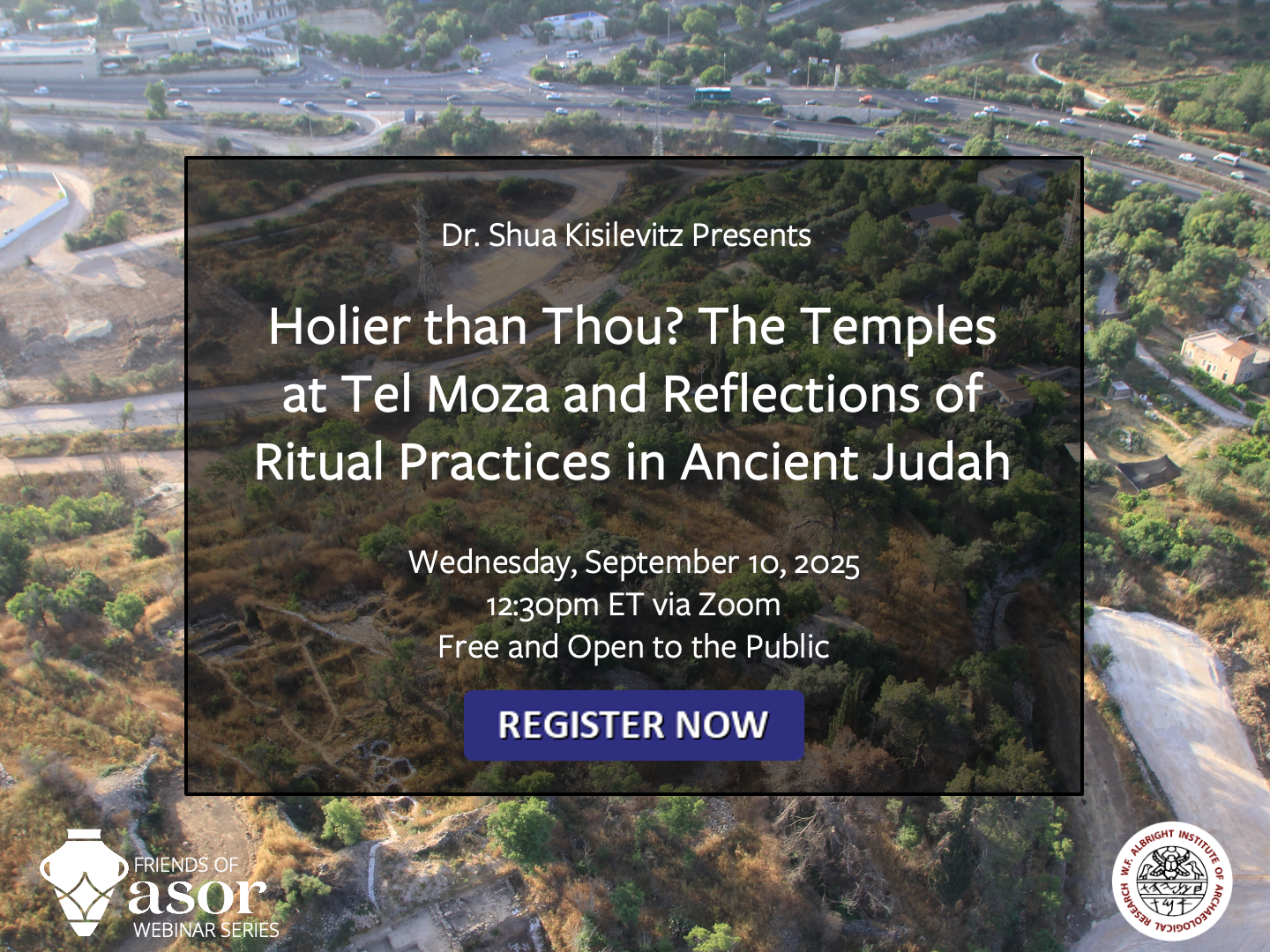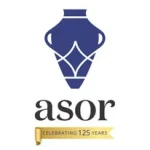
FRIENDS OF ASOR WEBINARS
Holier than Thou? The Temples at Tel Moza and Reflections of Ritual Practices in Ancient Judah
Friends of ASOR present the first webinar of the 2025-2026 season on September 10, 2025, at 12:30 pm EDT, presented by Dr. Shua Kisilevitz. This webinar will be free and open to the public. Registration through Zoom (with a valid email address) is required. This webinar will be recorded and all registrants will be sent a recording link in the days following the webinar.
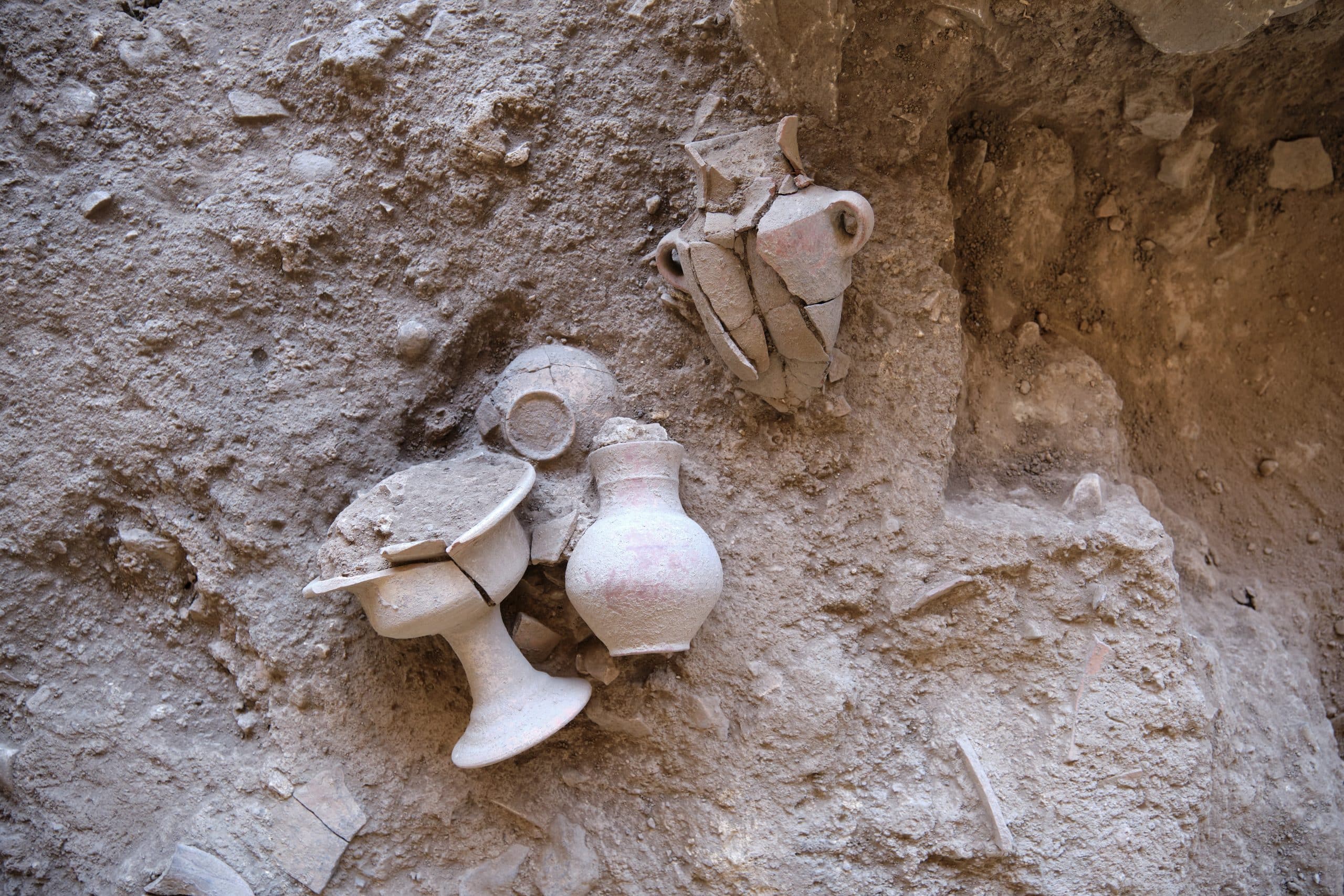
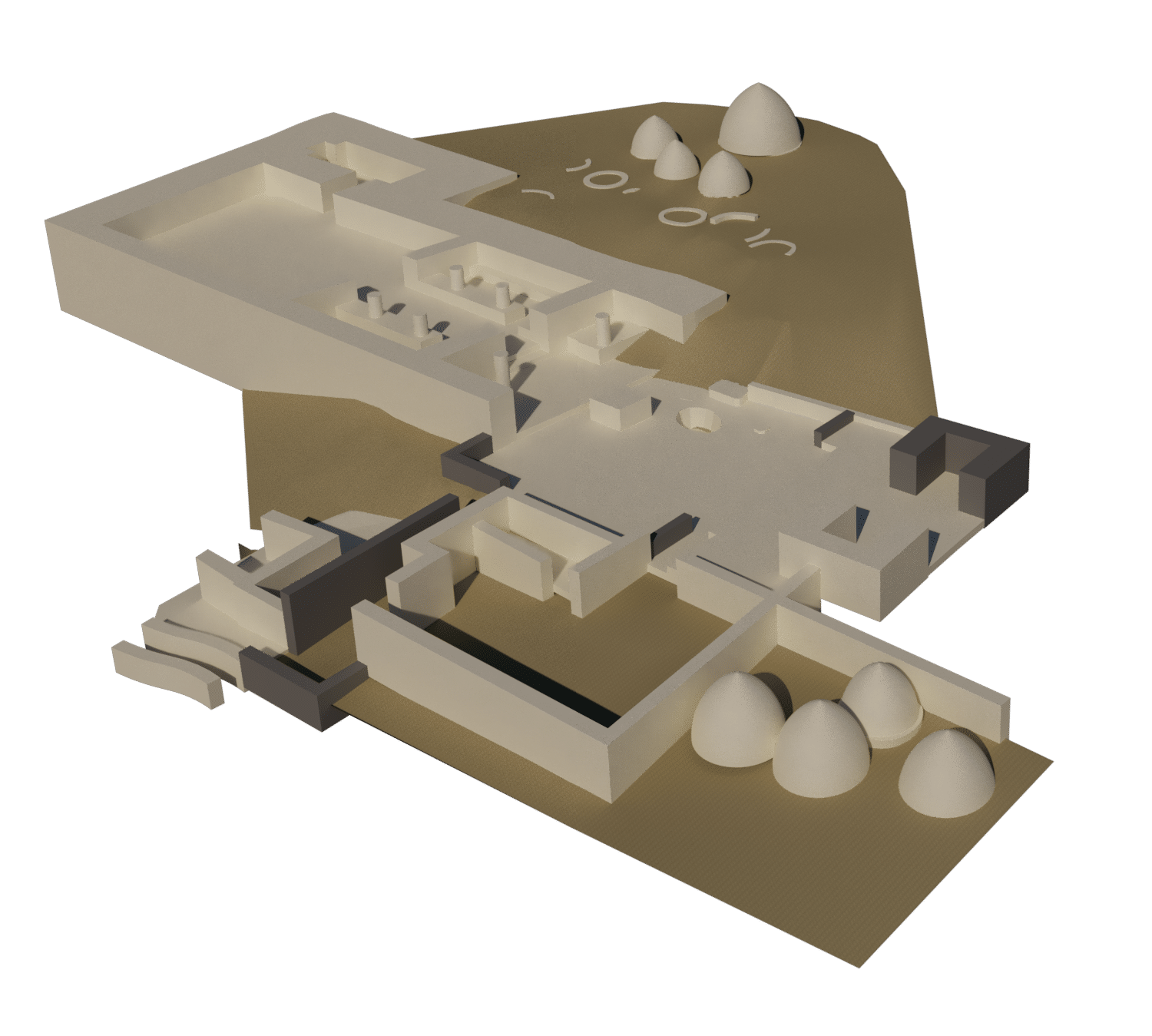
Because such temple evidence is so scarce in Judah, the Tel Moza finds are unusually revealing. They include altars, offering tables, standing stones, sacrificial remains, and cultic paraphernalia that were found in sealed, well-documented contexts that reflect continuous rebuilding and refurbishing of the temples. Altogether, these discoveries provide a rare glimpse into how worship was actually practiced and how traditions formed over centuries. In this lecture, Dr. Kisilevitz will trace the development of the two Tel Moza temples and the rituals practiced there, setting them alongside biblical descriptions and regional parallels. Through plans, objects, and visual reconstructions, she will show how the patterns at Tel Moza likely reflect broader traditions that shaped religious life in Jerusalem and across the southern Levant.
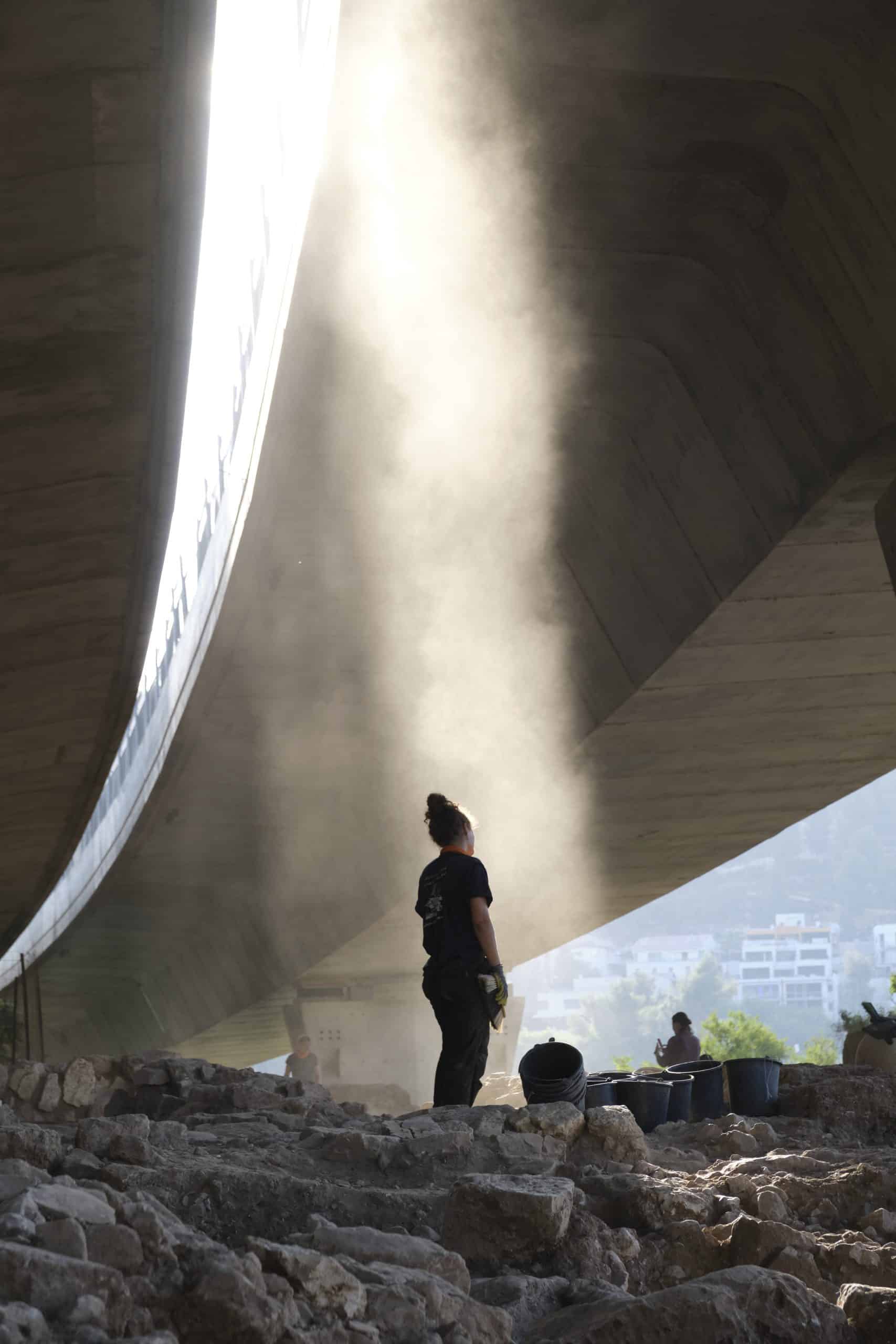
She received her B.A.and M.A. in Archaeology from the Hebrew University of Jerusalem, and her PhD from Tel Aviv University. She has participated in excavations across Israel and has directed excavations at 15 sites in the region of Jerusalem and Judea. Since 2012, she has spearheaded the research and publication of the Iron Age site at Tel Moza, and she is co-director of the Tel Moza Expedition Project. Dr. Kisilevitz specializes in the archaeology of religion and ritual of the southern Levant in the Iron Age.
SUPPORT THE WEBINAR PROGRAM!
Friends of ASOR is pleased to announce that the first webinars of the 2025-2026 season will once again be free and open to the public with a goal to raise $10,000 so that the entire webinar season will be free. Will you support this outreach effort with a tax-deductible contribution? All donors/sponsors with gifts of $100 or more will be recognized in subsequent webinars. Help ensure these webinars stay free and available to all by donating today!
Designate your gift for “Webinars” in the drop-down menu.
Latest Posts from @ASORResearch
Stay updated with the latest insights, photos, and news by following us on Instagram!
American Society of Overseas Research
The James F. Strange Center
209 Commerce Street
Alexandria, VA 22314
E-mail: info@asor.org
© 2025 ASOR
All rights reserved.
Images licensed under a Creative Commons Attribution-NonCommercial-ShareAlike 4.0 International License
